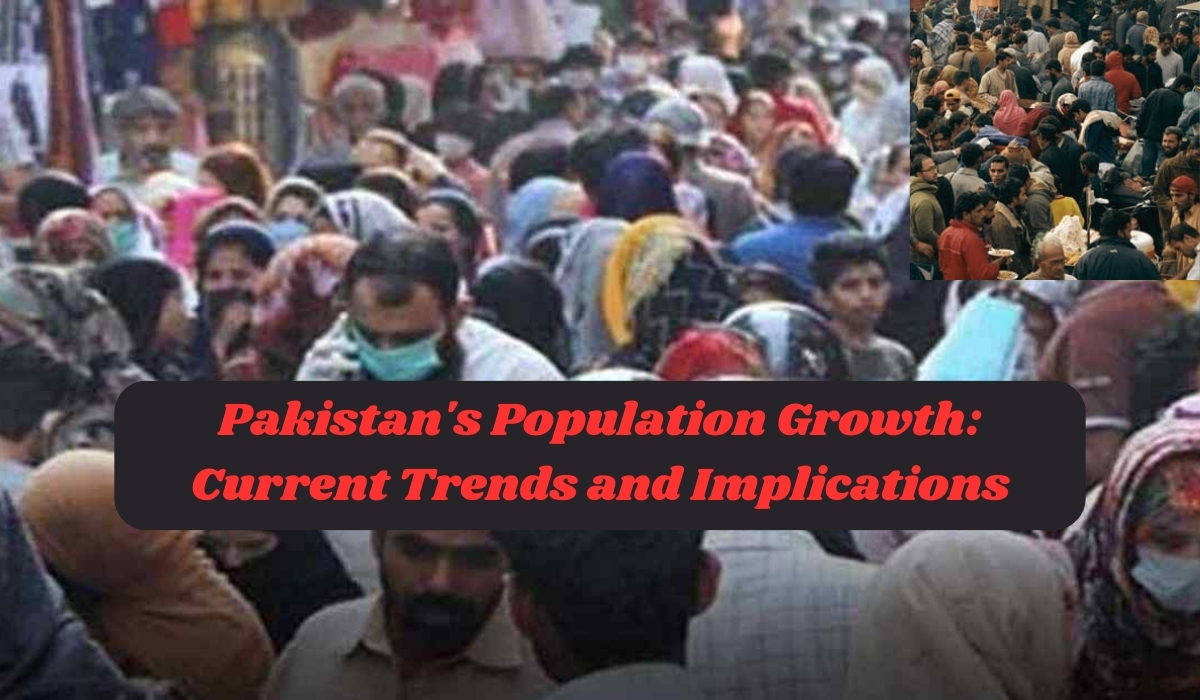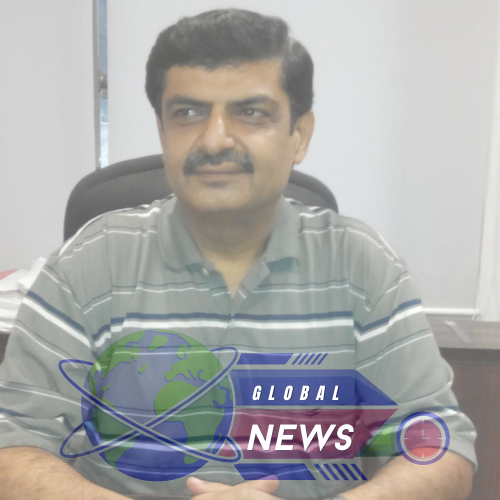Pakistan’s Population Growth 2023: Current Trends and Implications

Introduction
The most recent discoveries from Pakistan’s seventh Populace Evaluation uncover critical experiences into the country’s segment patterns. This exhaustive report features the speeding up populace development, youth socioeconomics, education rates, strict creation, semantic variety, and financial difficulties. This definite examination plans to give a reasonable comprehension of these discoveries and their suggestions for Pakistan’s future.
Population Growth and Youth Demographics
Rapid Population Increase
Pakistan’s population has surged to 241.49 million, making it the 27th fastest-growing population globally. The growth rate is 2.55%, indicating a significant increase from the previous census. Federal Minister for Planning, Ahsan Iqbal, expressed concerns about this rapid growth, projecting that the population could reach 480 million by 2047 if current trends continue.
Youthful Population
A striking 79% of Pakistan’s population is under the age of 40. This youthful segment presents the two open doors and difficulties. While a young population can drive economic growth and innovation, it also requires substantial investment in education, healthcare, and employment opportunities.
Education and Literacy Rates
Literacy Levels
The census revealed that 39.5% of people over the age of 10 are illiterate. This figure underscores the critical need for improved educational policies and infrastructure. The literacy rate stands at 60.5%, with a gender disparity: of 68% literacy among males and 52.8% among females.
Out-of-School Children
Approximately 36% of children aged 5 to 16, equating to 25.4 million, are not attending school. This issue is particularly severe in Baluchistan (58%), followed by Sindh (46%), Khyber Pakhtunkhwa (37%), and Punjab (27%). Addressing this challenge is essential for Pakistan’s socio-economic development.
Socio-Economic Challenges
Economic Pressures
The burgeoning population exerts immense pressure on Pakistan’s limited resources, affecting per capita income and living standards. The recent staff-level agreement with the International Monetary Fund (IMF) highlights the need for economic reforms to sustain growth amid these demographic challenges.
Employment and Stability
With a significant portion of the population being young, the demand for jobs, political stability, and economic opportunities is high. The current lack of these factors contributes to the brain drain, where educated and skilled individuals seek opportunities abroad.
Religious Composition
Changes in Religious Demographics
The census data indicates a slight decrease in the Muslim population’s percentage from 96.5% to 96.4%, although the absolute number has increased to 231.7 million. The Christian population has grown from 1.27% to 1.37%, reaching 3.3 million. Conversely, the Hindu population’s share has decreased from 1.73% to 1.61%, and the Qadiani community has also seen a reduction in both percentage and absolute terms.
Linguistic Diversity
Mother Tongue Statistics
The census included data on the mother tongue of the population. The proportion of Urdu speakers has risen to 9.3%, while Punjabi speakers have declined to 37%. The share of Sindhi speakers has slightly decreased to 14.3%, Pashto speakers to 18.2%, and Saraiki speakers to 12%. Balochi speakers have seen an increase of 3.4%.
Socio-Economic Infrastructure
Access to Utilities
The census highlighted that 84% of households have access to electricity, and 8% use solar panels. These figures are crucial for understanding the country’s infrastructure development and the quality of life for its citizens.
Number of Mosques and Other Facilities
Interestingly, Pakistan has more mosques than wholesale shops and factories. There are 611,000 mosques and 200,000 madrasas, compared to 193,000 factories and 345,000 wholesale shops. Retail shops number 3.1 million, indicating a high prevalence of religious and retail structures in the country.
Conclusion
The 7th Population Census of Pakistan provides a detailed snapshot of the country’s demographic and socio-economic landscape. The rapid population growth, significant youth demographic, high illiteracy rates, and socio-economic challenges underscore the need for comprehensive policy reforms. Addressing these issues is crucial for Pakistan to harness its demographic dividend and achieve sustainable development.
References
- Pakistan Bureau of Statistics. (2023). 7th Population Census Report. Retrieved from [source].
- Government of Pakistan. (2023). Educational Statistics. Retrieved from [source].
- International Monetary Fund. (2023). IMF Agreement with Pakistan. Retrieved from [source].
- Pakistan Bureau of Statistics. (2023). Religious Demographics. Retrieved from [source].
- Government of Pakistan. (2023). Linguistic Data. Retrieved from [source].
- Pakistan Bureau of Statistics. (2023). Utilities Access Report. Retrieved from [source].
- Pakistan Bureau of Statistics. (2023). Mosques and Facilities Statistics. Retrieved from [source].



One thought on “Pakistan’s Population Growth 2023: Current Trends and Implications”